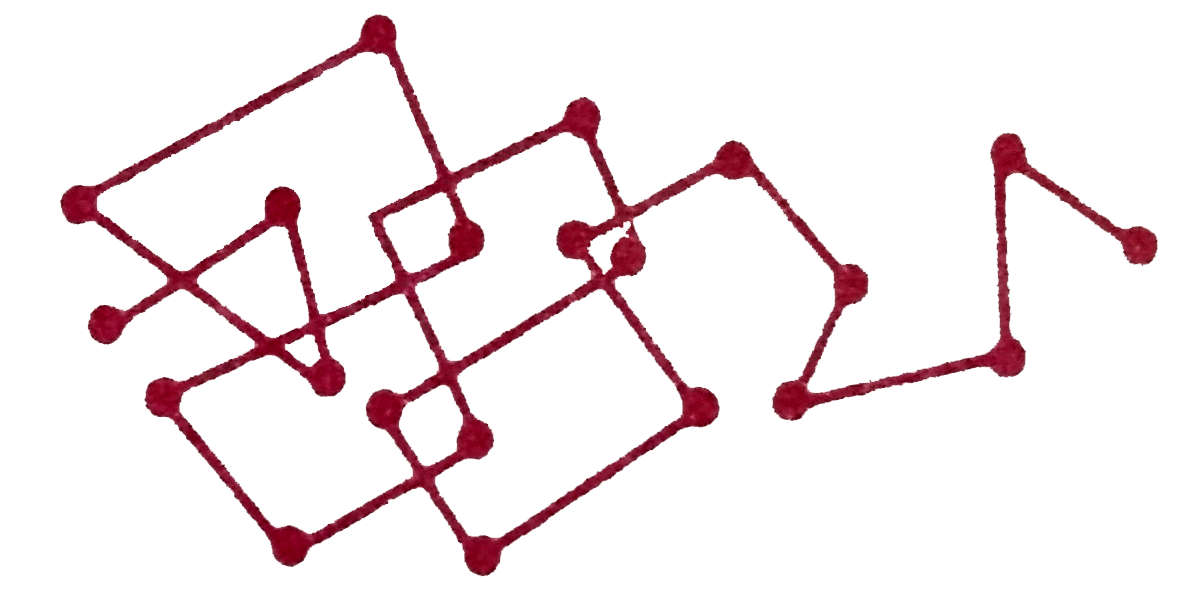Colloidal sulphur exhibits Brownian movement while a solution of sulphur in carbon disulphide does not. Explain.
Step by step video & image solution for Colloidal sulphur exhibits Brownian movement while a solution of sulphur in carbon disulphide does not. Explain. by Chemistry experts to help you in doubts & scoring excellent marks in Class 12 exams.
Updated on:21/07/2023Topper's Solved these Questions
- SURFACE CHEMISTRY BOOK - ICSECHAPTER - SURFACE CHEMISTRY EXERCISE - ISC EXAMINATION QUESTIONS
4 Videos
- SURFACE CHEMISTRY BOOK - ICSECHAPTER - SURFACE CHEMISTRY EXERCISE - EXERCISE (PART-II ( DESCRIPTIVE QUESTIONS )) ( SHORT ANSWER QUESTIONS)
81 Videos
- SPECIMEN QUESTION PAPERBOOK - ICSECHAPTER - SPECIMEN QUESTION PAPEREXERCISE - QUESTION
140 Videos
- THE SOLID STATEBOOK - ICSECHAPTER - THE SOLID STATEEXERCISE - MULTIPLE CHOICE QUESTIONS (Assertion-Reason based questions)
10 Videos
Similar Questions
A mixture of sulphur and carbon disulphide is
View SolutionSulphur and carbon are
View SolutionColloidal sulphur is obtained when
View SolutionOne molar solution of sulphuric acid is equal to
View SolutionWhat causes Brownian movement in a colloidal solution?
View SolutionA solution of sulphuric acid in water exhibits:
View SolutionExplain Tyndall effect and Brownian movement .
View SolutionMost stable allotropic form of sulphur is rhombic sulphur. Explain
View SolutionThe boiling point of a solution of 5g of sulphur in 100g of carbon disulphide is 0.474∘C above that of pure solvent. Determine the molecular formula of sulphur in this solvent. The boiling point of pure carbon disulphide is 47∘C and its heat of vaporisation is 84 calories per gram.
View SolutionThe cause of Brownian movement which is not shown by true solutions or suspensions is due to

View Solution
